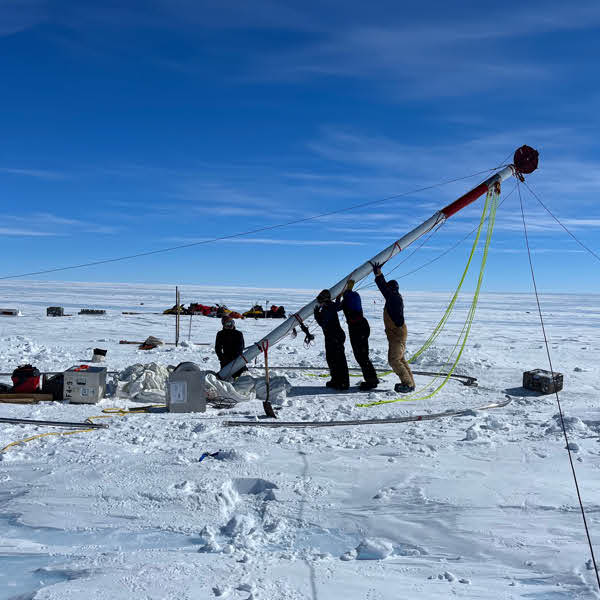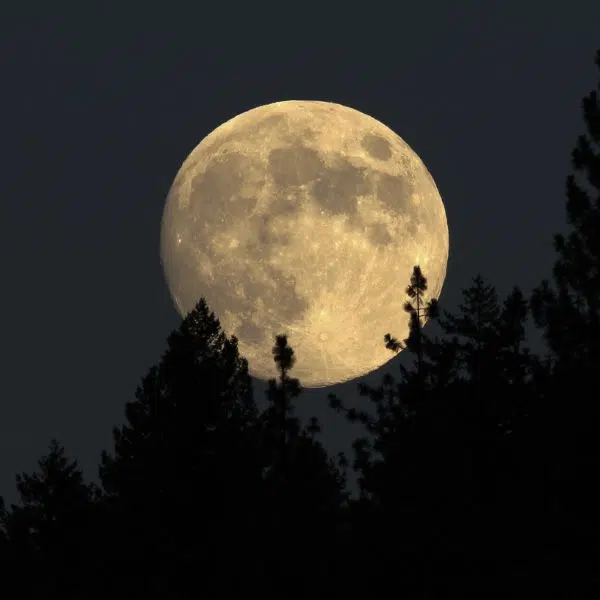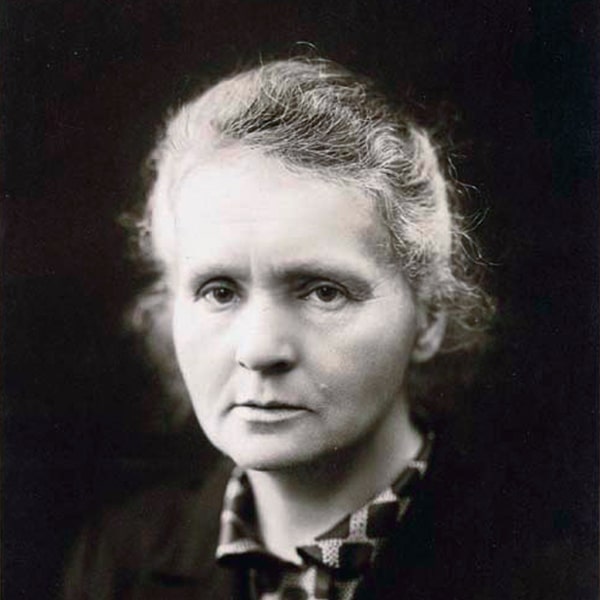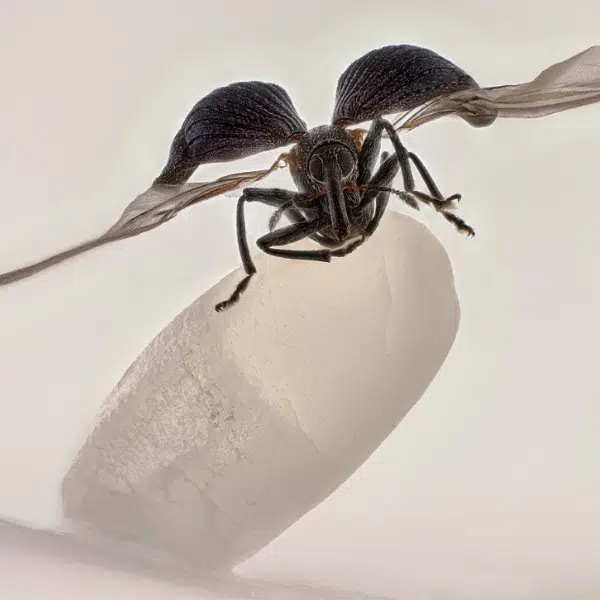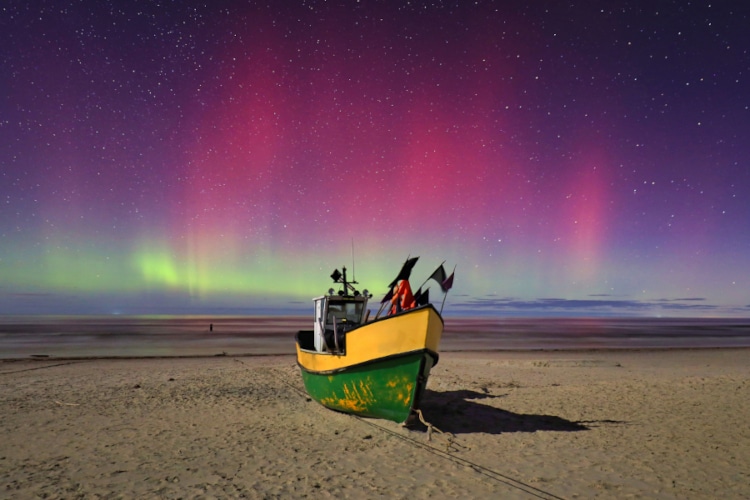
Photo: Patryk_Kosmider/Depositphotos
In the Northern Hemisphere, June brings longer days, warmer nights, and apparently, a good chance of auroras. May had one of the most spectacular displays of Northern Lights thanks to a giant sunspot that allowed people to see this phenomenon at unusual latitudes. Turns out these solar storms continue to be active, and the Earth will face them again in a matter of days, hopefully giving us one more chance to marvel at the beautiful lights.
The sunspot star gazers have to thank for May's auroras is known as active region 3664 (also called AR3664 and AR13664), which is more than 15 times wider than Earth. At least five solar storms that hit Earth simultaneously originated there, resulting in their charged particles colliding with our planet's magnetosphere. As they were pushed along magnetic field lines toward the poles, the energy moved around resulted in the auroras that many around the world got to see.
But that wasn't the only variable at play. What made even faint auroras easy to see to the naked eye was the new moon, as there's no moonlight to steal visibility from the Northern Lights—something similar to what light pollution does. By taking this and the Sun's 27-day rotation, which will bring this sunspot back into view soon, everything seems to be lining up for yet another dazzling display during the next new moon on June 6.
“It will align nicely,” Ryan French, a solar physicist at the National Solar Observatory (NSO) told Live Science. “As soon as the sunspot starts to appear, we will enter the window of opportunity [for solar flares].” The ideal time will come when the sunspot reaches the center of the Sun from our perspective, enhancing the chances of our planet being hit by solar storms. “That's exactly where it produced all of those large flares,” French added. “But in theory, if you had a large enough eruption, even if it's just to the left of the Sun's center, we could still get the edge of that impact.”
The best part? This may not be the final chance we get to see the Northern Lights below the Arctic Circle. As the 11-year solar cycle reaches its peak, the auroras may appear in the night sky between now and summer 2025, when peak activity is expected. Should a great sighting of the Northern Lights ever occur again, keep in mind that the best hours to view are between 10 p.m. and 2 a.m. local time.
In the Northern Hemisphere, June brings longer days, warmer nights, and apparently, a good chance of auroras.
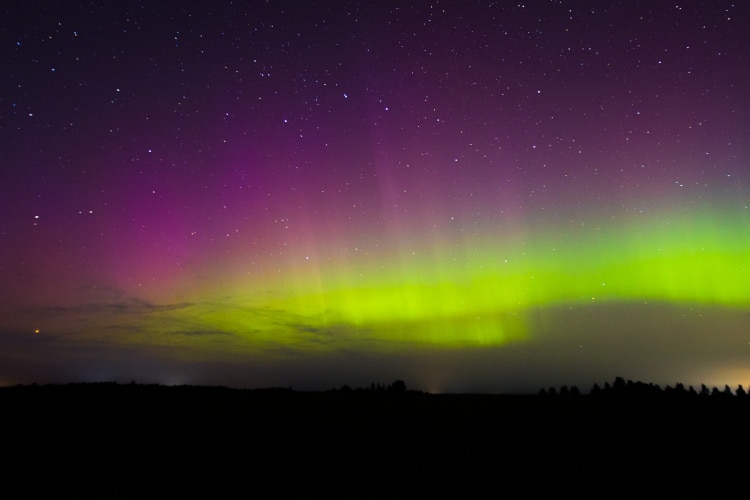
Photo: EmvatMosakovskis/Depositphotos
The sunspots that gave us the auroras in early May continue to be active, and the Earth will face them again in a matter of days, hopefully giving us one more chance to marvel at the beautiful lights.
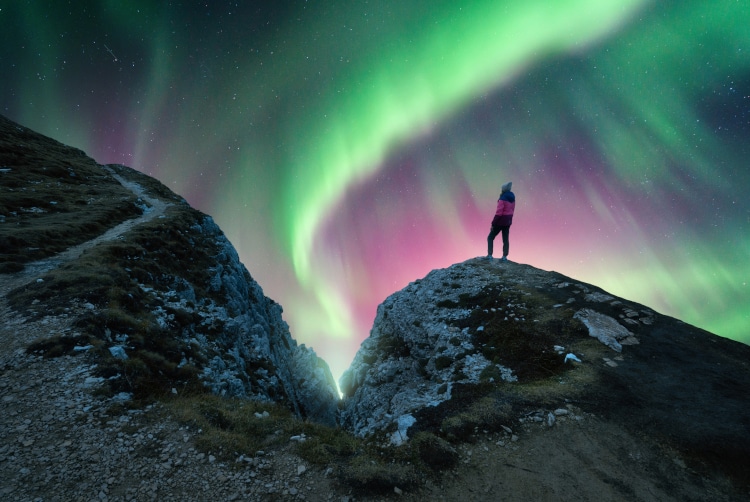
Photo: den-belitsky/Depositphotos
The best chance for a Northern Lights display is on June 6, during the new moon.
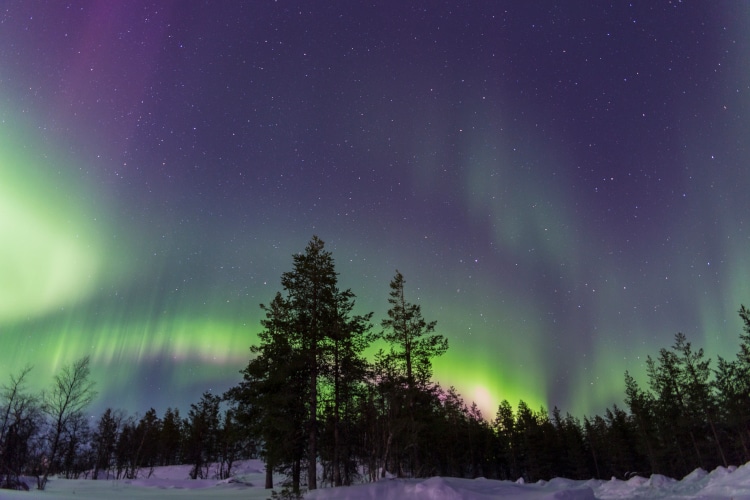
Photo: Alexandra_pp/Depositphotos
h/t: [Live Science]
Related Articles:
May’s Auroras Were Likely the Strongest Seen in Five Centuries
More Northern Lights Could Be on the Way as Solar Storms Strengthen
These Are the Best Northern Lights Photos of 2023
Upcoming Northern Lights Will Be Most Intense in Years and Can Be Seen From More Places















































































